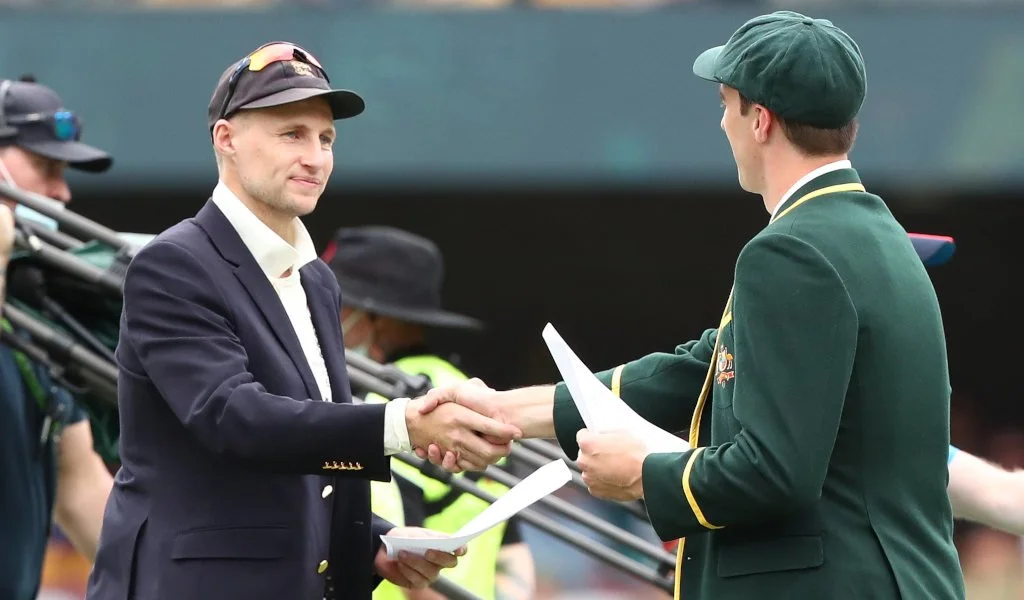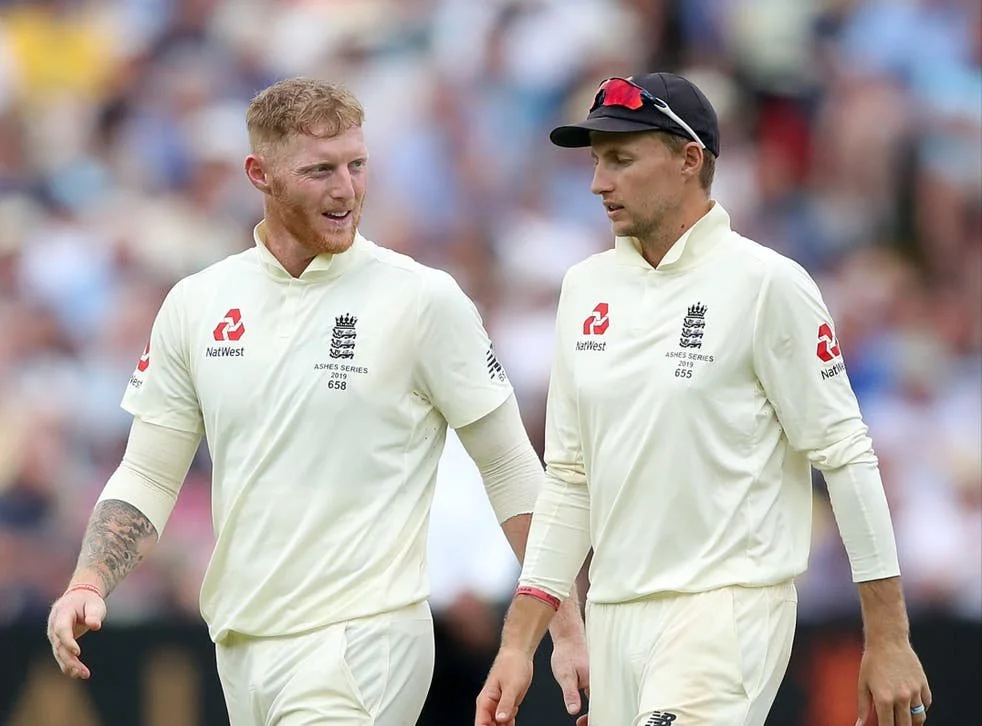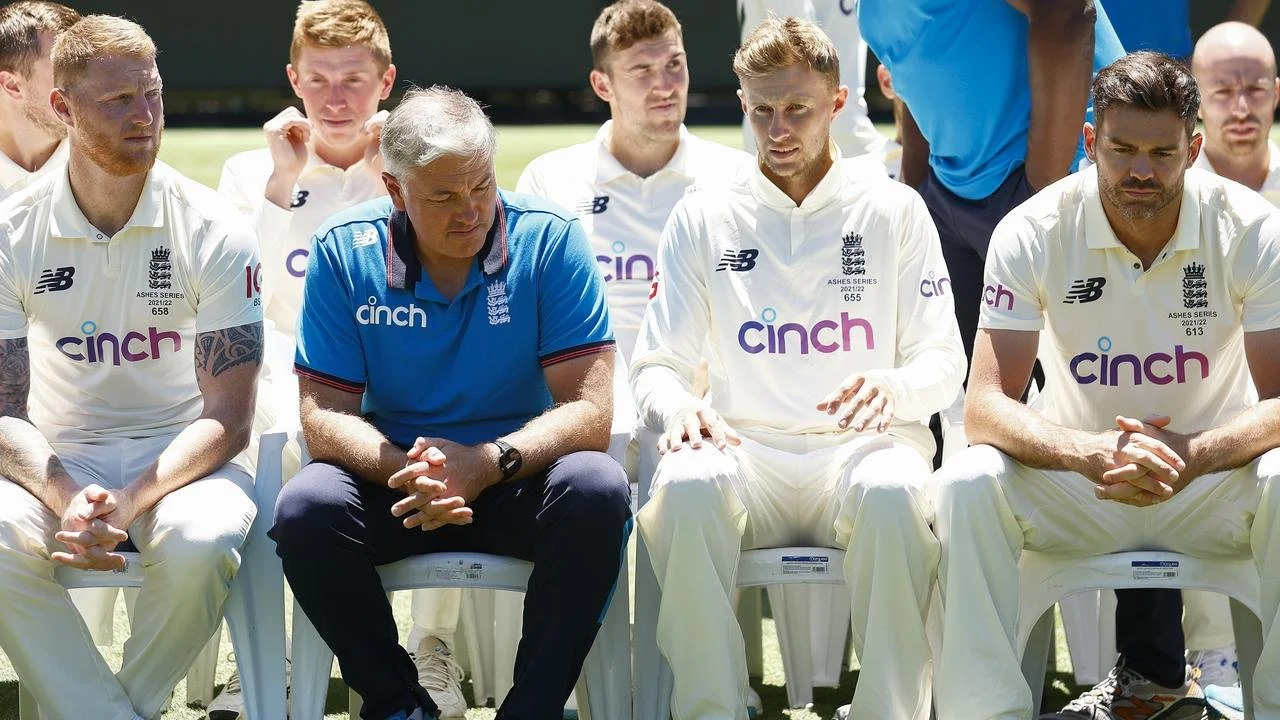Leadership in ashes: What types of leaders are needed at the highest levels?
/Putting aside the current scoreline and retention of the Ashes for one minute for the English readers, let’s talk leadership in sport. Many people including England great Sir Geoffrey Boycott has called on embattled captain Joe Root to consider stepping down in the wake of a horror Ashes tour. The England side find themselves 3-0 down with two matches to play, and facing the very real possibility of a whitewash loss to the old enemy in AUS.
In the wake of the end of the Boxing Day test match which didn’t even make the halfway mark, Root looked distraught and exhausted when speaking post-game, and it was telling no one else from the England camp was seen or heard from. The skipper has faced the bulk of criticism throughout the three-match loss, even about selections - namely the decision to leave James Anderson and Stuart Broad out of various matches. Asked if the England players would support Root's continuation as skipper, England player Chris Woakes said on Wednesday:
Absolutely. It's clear that the captaincy isn't having an effect on his batting, which a lot of the time with captains can be the case. The fact that he's scoring the runs he is, is great for the team. It would be great if we could help him out with that and build some partnerships with him, and score a few more runs around him.
These comments made me scratch my head; is this the leadership this side needs now or going forward? Root leads and they shall follow…? I wasn’t the only one apparently; former AUS captain Ricky Ponting has criticised Joe Root for not being firm enough with his bowlers after England tumbled to a 275-run defeat to Australia in the second Test. Former Australia skipper Ponting says it was Root's job as captain to make his bowlers change their lengths or bring on ones that would do it instead, flagging the side being more effective when he wasn’t on the field:
I nearly fell off my seat when I heard that [Root talk about his bowlers' lengths]. Whose job is it then to make them change? Why are you captain then?
If you can't influence your bowlers on what length to bowl, what are you doing on the field? Root can come back and say whatever he likes but if you're captain, you've got to be able to sense when your bowlers aren't bowling where you want them to. If they're not going to listen, you take them off, simple as that.
Give someone else a chance that is going to do it for you or you have a really strong conversation with them on the field to tell them what you need. That's what captaincy is all about.
The conversation and concern around the side’s leadership doesn’t end with Joe Root; Chris Silverwood has refused to entertain debate about his position as England’s multi-format head coach, insisting his sole focus after his side’s humiliating thrashing in the third Test in Melbourne is on avoiding an Ashes whitewash. Silverwood said:
What we have to do is look forward to the next two Tests, stay positive if we can and make sure we are there, we compete and we take something from this tour. I do feel like I am capable of leading this team to winning things and that’s what I’m going to stay focused on and that’s all I can do.
I think at this moment in time the sole focus is how do I get the best out of these players to make sure we compete for the next two Tests? I don’t want to be going back having lost 5-0. I want to win games over here.
With this Ashes series over, many are calling for a change of personnel and leadership. But the main question remains, what type of leadership does this current group need? Does it need a reshuffle from the top-down approach with a more player involved leadership style? It’s allowed me to reflect on another highlight of 2021 in working with Ryan Schultz (Brisbane based school Churchie 1st XV coach and QLD age grade 15s and 7s coach) and his exploratory work into leadership amongst age grade athletes. Let’s look at the research and gather some ideas developed during 2021 to compare against this England squad. Let’s start off by acknowledging that team environments offer layered complexities, having potentially multiple coaches, players and socially dynamic groups. Let’s explore how leadership strategies and roles towards individuals and within the team inside these groups and the unit as a whole, affects cohesion and performance. First, what is leadership in sport….?
Leadership is seen as the process whereby an individual influences a group to achieve a common goal (Loughead, 2005); leaders within team environments such as coach Silverwood or captain Root are expected to drive and coordinate 3 main areas or functions being task related, social functionality and external obligations (Longhead, 2006). Research by Northouse also advised of the components within leadership occurs in group context while involving influence and goal attainment. Within team environments, we can find different forms of leadership forming through formally appointed leadership roles, informal leadership and/or peer leadership roles, whereby a person may only effect 2 or more people within the group yet their actions or input leads to influence of others. Looking at Leadership Scale for Sports (Chelladurai, 1980), within these 3 functioning areas of task, social or external, it looks at which areas players look for leadership within. These areas include training and instruction, democratic behaviour, autocratic behaviour, social support and positive feedback.
Formally appointed team leaders such as team captain Root needs to display athletic ability and be “veterans” of the side involved in, usually 3 years or greater, to gain the acknowledgement of 50% or more of the group required to have influence on the goals attempting to achieve (Longhead, 2006); this idea is supported by comments made by Woakes yet the question remains whether he is currently the right person to captain the team, seemingly currently suffering in other areas of leadership. Team captains or formally appointed leaders should be seen as important in all forms of leadership except social leadership (Fransen, 2015). As players see and need to feel these appointed athletes are the link to coaches/management of their sides by having the consensus of their team goals within different areas, one of the common questions is why are these positions appointed by management as opposed to elected by team mates or co-players? Would this result in greater cohesion or would only the popular or outspoken rise to positions of leadership, ignoring possible traits of leadership within certain individuals?
Swinging back to the reported disharmony amongst the group, studies have shown Informal leaders or peer leaders can complete functions that formally appointed leaders cannot. Peer leaders are seen as influential on task related goals of the group as a whole and focus on team harmony and collective cohesion, something that Ponting flagged when Ben Stokes was captain during the second test while Root was receiving treatment. Recognising the areas of LSS, these leaders offer greater impact around areas such as social support, positive feedback and can offer democratic decision making dependent on when situation requires them and to as small or large a group within the team as opposed to the when’s and whom by which expectations or protocol sets. Again, for the case in example, Ponting flagged “The start of day four when they had a meeting on the ground before play started, Stokes took over the captaincy, and that was the only time in the game they pitched the ball up”, something apparently the bowling team had been discussing on the build up to the series. Athlete or peer leaders engaged in social behaviours positively influence team cohesion and performance as a result (Vincer, 2010) as social cohesion has shown stronger link with performance than task cohesion (Jowett, 2004). These informal leaders are recognised by certain recognised traits, most notably skill level amongst the playing group, the strongest index of peer leadership (Glenn & Horn 1993). Moran and Weiss (2006) also recognised peer leaders have higher perceived levels of competence and increased ability for expressiveness. A positive relationship has been demonstrated between the presence of athlete leaders and team outcomes such as player satisfaction, team cohesion, confidence and performance (Fransen, 2015), all markers missing from England’s performances on and off the field this tour.
Moving onto Silverwood’s role, I wanted to question can a coach’s time be best spent identifying players to translate their vision, helping develop task leaders through adopting principles of law of diffusion of innovation? Does the fact that Chris Silverwood being the sole coach and selector mean he has no time to develop different leaders within the group, allowing them to leverage their experience and expertise? Studies have shown transformational leadership styles look at the importance on the leader-follower relationship; Bass (1985) recognises this style of leadership as the ability to inspire and motivate followers to exceed performance expectations by shaping follower’s beliefs and attitudes. This form of leadership could be introduced and developed by Silverwood (and Root) by offering inspiration or motivation to team members, through creating a vision of common goals, idealising influence through modelling behaviours or values, individualising consideration, through allowing for other’s needs and feelings and intellectual stimulation through encouraging creativity, something that is reported lacking from this current England side. Research by Prof Jowett shows that coach transformational leadership served as an antecedent to both team psychological safety and coach–athlete relationship quality, again areas reported to be of concern for this current cohort. The optimal leadership state is recognised as more frequent transformational and transactional leadership adopted styles, combined with laisses faire attitudes (Price, 2013). However, if levels of autonomy are not offered, player’s feelings are ignored or common team goals discounted such as described in England’s playing style, this could move into controlling or autocratic style, again noted previously by former England players around Silverwood’s leadership.
Current studies have addressed peer transformational behaviours and leadership style is related to group cohesion and collective efficiency; this is created by idealised influence by leading by example, showing optimism regarding team collective goals and setting high standards while acknowledging the needs of others and gaining cooperation through sacrifice (Bass & Avolio 1994). Research by Fransen and others found details around the importance of athlete leaders or shared leadership structure athletes’ identification with their team, suggesting that leaders enhance athletes’ health and reduce athlete burnout by creating and maintaining a sense of shared identity in their team. This, in turn, suggests that coaches can foster an optimal team environment by developing the leadership potential of their athlete leaders – in particular, their skills that foster a sense of shared team identification. This is in the interests not only of team performance but also of team members’ health and burnout, which many players including Root showing signs of emotional exhaustion which may be as a result of this tense environment.
However, peer leadership behaviours can be overshadowed by coach leadership behaviours in relation to individual outcomes such as perceived competence and goal attainment. Mageau and Vallerand (2003) recognised the athlete’s relationship with the coach as ultimately one of the most important determinants of the athlete’s motivation. However, the actions of the coach are relatively less important than how an athlete perceives, interprets and evaluates a coach’s behaviours (Horn; 2002). Therefore, the act of coach leadership where by coaches create a process of influence dependent on and constructed by interpersonal relationship between the coach and athlete (Vella, 2010) could be seen as both extremely volatile and fragile relationship for the coaching and success outcomes to be solely dependent on. I believe this is compounded by Silverwood being the sole coach and selector for this side and is certainly not helped by the current performances and discussions around long term contracts.
Good teams recognised to have good leaders have strong social connectedness, which goes hand in hand with task leadership, as displays higher level of collective efficacy (Fransen, 2015). Research by Price and Weiss found while coach leadership was more influential than peer leadership for predicting individual outcomes and collective efficacy, peer leadership was more strongly related to social cohesion than coach leadership, and both peer and coach leadership were equally important for task cohesion. The quality of social support received is critical to group success and player satisfaction; while it’s important to receive social support from coach-athlete relationship, the increased pressure to ensure the player does not let down their parts within the relationship can lower autonomy and intrinsic motivation through perceived controlling behaviours. The extent to which athletes felt connected with their leader proved to be most predictive for athletes’ perceptions of that leader’s quality on each leadership role. This extends to groups also, seeing teams with higher athlete leadership quality were more strongly connected within Fransen’s research. Therefore, the leadership dynamics and Silverwood or Root’s willingness to allow player leaders to be identified, creating connected individuals and responsibility being distributed amongst the group through social networking is important within team dynamics.
Coaching success stems around the competence, confidence, connection and character developed of the athlete as a result of the coach-player (or possibly captain-player for this example) relations yet coach adopted transformational leadership styles would result in positive intrinsic motivations and increased athlete effort. Coaches (or captain in this top heavy scenario) as leaders have a significant role to play in creating an environment that athletes feel valued, connected, confident and comfortable. In such environments, coaching becomes a process where coaches and athletes are fully integrated and sport becomes a worthwhile (inter)personal pursuit. Media reports are just that yet reflecting on interviews and match play, it could be suggested that a new leadership structure is wanted or needed by this group…not due to their current results yet more so due to their current engagement, well-being and motivation.




